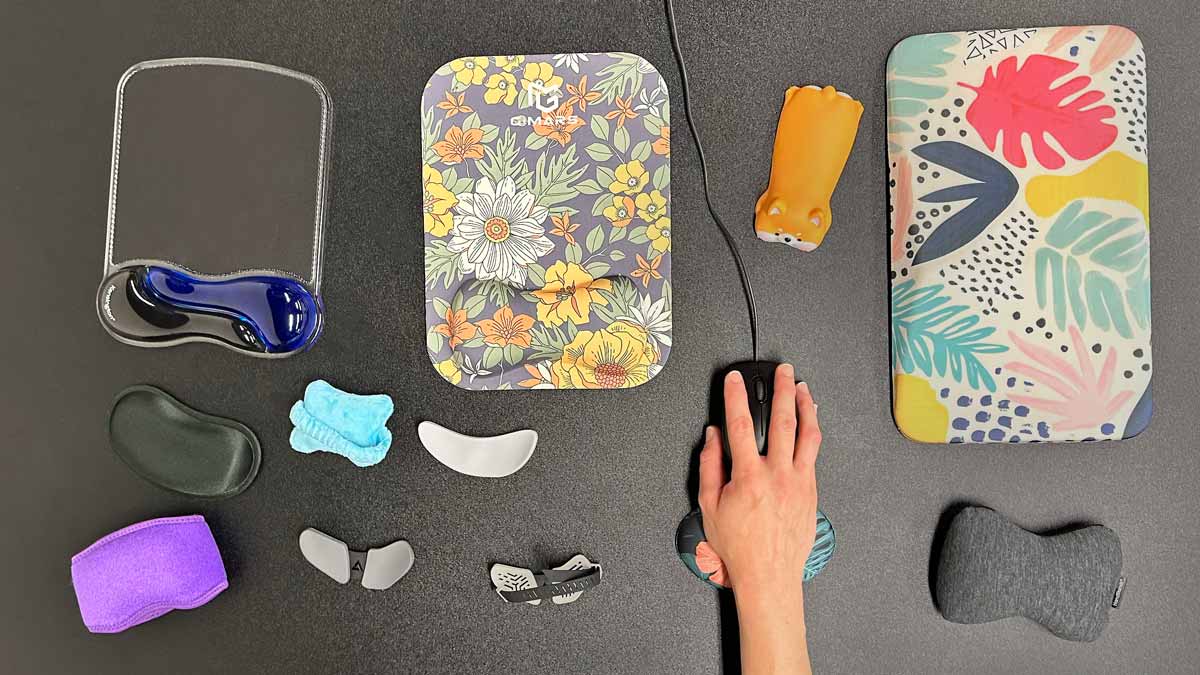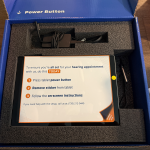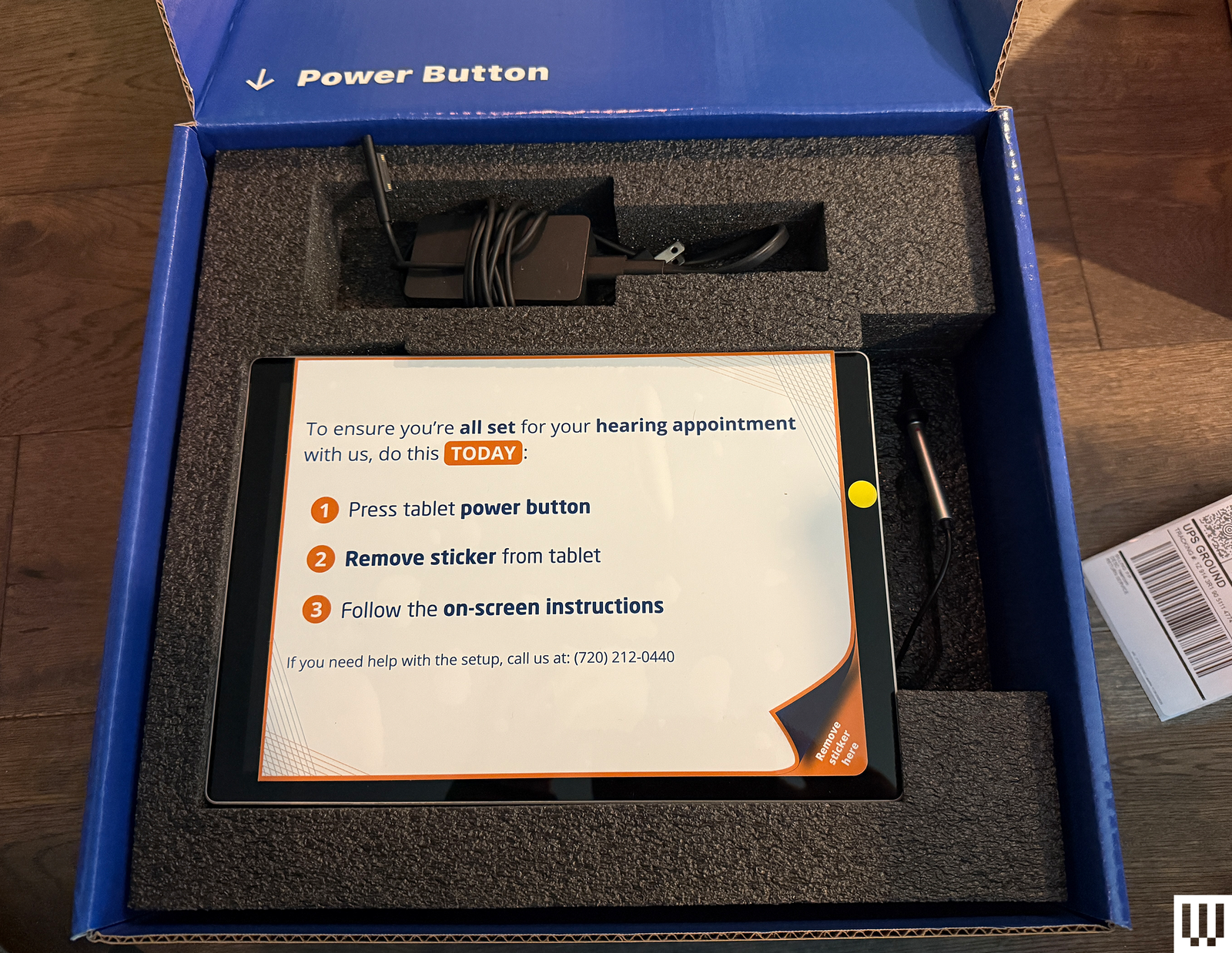
There are numerous ones on the market, though, and they don’t all provide equal benefits.
CR’s in-house ergonomics specialist Dana Keester and Paul Ritchey, DrPH, CR’s in-house certified professional ergonomist, evaluated 12 popular wrist rests from brands such as DeltaHub, Kensington, and Reloot and scored them based on ergonomic design (how well the wrist rest can help you achieve a comfortable home office setup), how comfortable they feel against your skin, and how easy they are to clean.
Before the evaluation, CR spoke with 45 wrist rest users about their experiences and incorporated their priorities into the review. Before we dive into our top scorers and lowest performers, here’s a brief explanation of four types of wrist rests on this list:
Gliding Wrist Rests
Pros: They allow smooth mouse movements, there’s an even weight distribution, and they’re lightweight and portable.
Cons: They can move unintentionally, they’re easy to knock off a desk, and not all models come in various sizes.
Wearable Wrist Rests
Pros: They provide flexibility and they’re lightweight and portable.
Cons: The straps can sometimes cause discomfort and make your hand sweaty.
Stationary Wrist Rests
Pros: They provide a stable and consistent support base and come in different materials.
Cons: They can impede mouse movement and comfort can vary.
Mouse Pad Wrist Rests
Pros: They combine a unified mouse pad and wrist rest that’s more convenient if your desktop surface can’t support a mouse.
Cons: They can impede mouse movement and can be difficult to position with your keyboard and other items.









